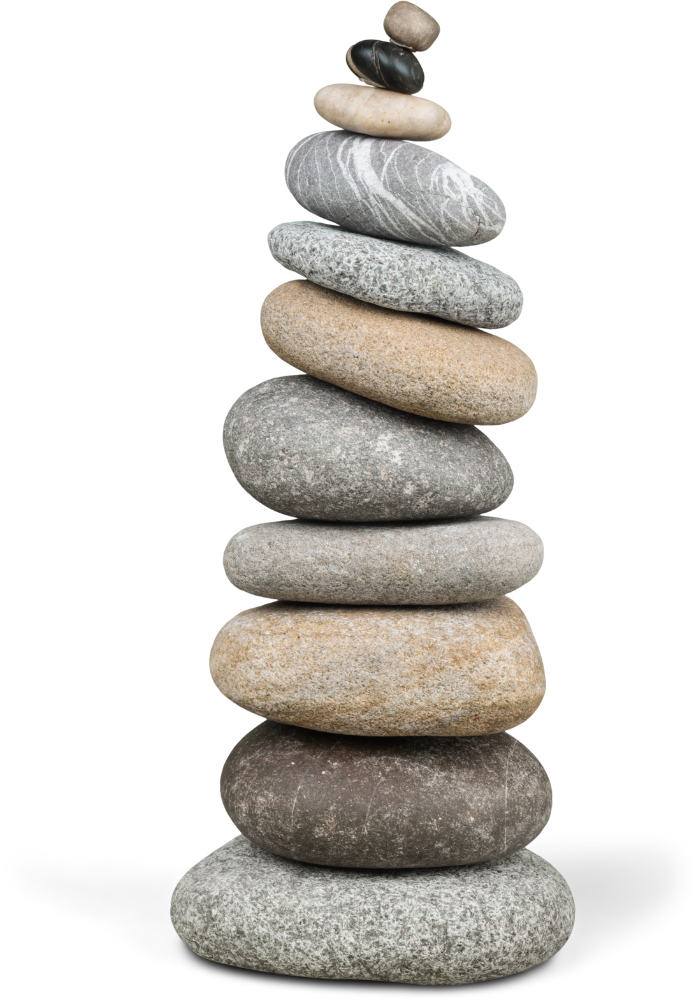Pelvic Floor Treatment
What We Treat
Physiotherapy provides conservative and non-invasive interventions to improve function and reduce pelvic floor issues.
PELVIC PAIN | Physiotherapy treats muscular imbalances, improving flexibility, and relaxing the pelvic floor muscles.
PELVIC ORGAN PROLAPSE | Exercises and techniques are used to strengthen the pelvic floor muscles and reduce symptoms.
URINARY/FECAL INCONTINENCE | Treatment for stress incontinence, urge incontinence, and mixed incontinence.
PAINFUL INTERCOURSE (DYSPARENIA) | Treating pelvic floor muscle dysfunction which contributes to painful intercourse.
WEAK PELVIC FLOOR MUSCLE | Stronger pelvic floor muscles support pelvic organs and improve bladder/bowel control.
POSTPARTUM PELVIC FLOOR ISSUES | Solutions to weakness, pain, or incontinence to deliver optimal pelvic floor function.
BLADDER PAIN/INTERSTITIAL CYSTITIS | P elvic floor relaxation and pain management strategies to address the discomfort.
CHRONIC PELVIC PAIN SYNDROME | Address muscular imbalance, promote relaxation, and improve pelvic floor function.
TAILBONE PAIN (COCCYDYNIA) | Manual therapy and exercises are used to address coccydynia.
PELVIC SURGERY PREPARATION | Preparing by optimizing pelvic floor function and providing pre-operative education.

Did You Know?
Q
Will I feel pain during Pelvic Floor Treatment?
A
Pelvic floor treatment from a physiotherapist doesn't necessarily have to be painful. In fact, the aim of such therapy is often to alleviate discomfort and improve pelvic floor function without causing undue pain. Physiotherapists trained in pelvic floor rehabilitation use various techniques, which may include exercises, manual therapy, biofeedback, and education on proper posture and movement patterns. While some individuals might experience mild discomfort during certain therapeutic exercises or manual techniques, the goal is typically to gradually alleviate pain and improve muscle function over time. Communication with the therapist about any discomfort or pain experienced during sessions is crucial, as they can adjust techniques or exercises to ensure they are appropriate and comfortable for the individual. Overall, the focus is on improving pelvic floor health and function while minimizing any discomfort.


